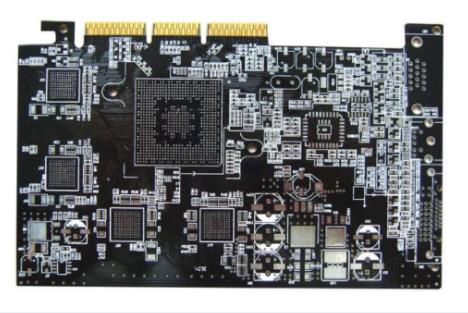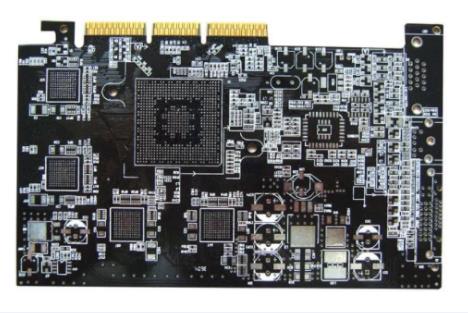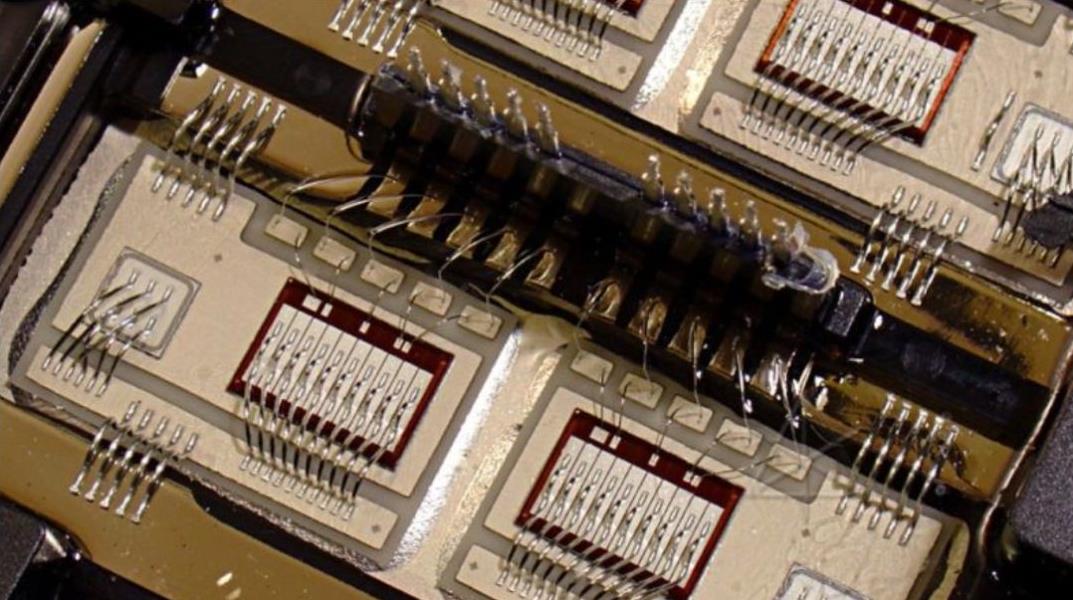
Common problems in copper sulfate electroplating process
Copper electroplating is the most widely used pre coating to improve coating adhesion Copper coating is an important protective decoration coating component of copper/nickel/chromium system Flexible copper coatings with low porosity play an important role in improving adhesion and corrosion resistance between coatings Copper plating is also used for local impermeable carbon, metallization of PCB holes, and as the surface layer of printing rollers The chemically treated colored copper layer is coated with organic film and can also be used for decoration In this paper, we will introduce the common problems encountered in the test PCB process copper plating technology and its solutions
1. Common problems in acid copper plating
Copper sulfate electroplating occupies an extremely important position in industrial production PCB electroplating The quality of acid copper plating directly affects the quality of copper plating layer and related mechanical efficiency, as well as the subsequent treatment Therefore, how to control the quality of acid copper plating is an important part of electroplating process. PCB electroplating is also one of the processes difficult to control in many large factories Common problems of acid copper plating mainly include the following aspects: 1. Coarse electroplating; 2 Electroplating (plate surface) copper particles; 3. Electroplating pit; 4 The board surface turns white or the color is uneven In view of the above problems, some conclusions are drawn and solutions and preventive measures are briefly analyzed
1. Coarse plating
Generally speaking, the plate corners are rough, most of which are caused by excessive electroplating current. You can reduce the current and check whether the current display is abnormal with a card type instrument; The whole circuit board is very rough and usually does not appear, but the author once met with the customer and checked it later.
Circuit board

Tomorrow, the winter temperature is low and the brightener content is insufficient; Sometimes, the surface of some reworked faded plates is not cleaned, and similar situations may occur
2. Copper particles on the surface of electroplating plate
There are many factors that can cause copper particles to appear on the surface of the circuit board. From copper plating to pattern transfer, copper plating itself is possible. The author met in a large state-owned factory that the copper particles on the surface of the copper plate were caused by copper subsidence.
Copper particles on the plate surface caused by the copper dipping process may be caused by any copper dipping treatment step. Alkaline degreasing will not only lead to rough surface of the board, but also rough holes when the water hardness is high and the drilling dust is too much (especially when the double-sided board is not decontaminated). It can also remove the internal roughness and slight stains on the board surface; There are several conditions for micro etching: the quality of micro etchant hydrogen peroxide or sulfuric acid is too poor, or ammonium persulfate (sodium) contains too many impurities, so it is generally recommended to be at least CP grade. In addition to industrial grade, it will also cause other quality problems; The copper content in the micro etching bath is too high or the temperature is too low, resulting in slow precipitation of copper sulfate crystals; The liquid in the tank is turbid and polluted.
Most activation fluids are caused by contamination or improper maintenance. For example, the filter pump leaks, the specific gravity of the plating solution is low, and the copper content is too high (the activation tank has been used for too long, more than 3 years), which will produce suspended particles in the plating solution. Or impurity colloid, which is adsorbed on the surface of the plate or the hole wall. At this time, the hole will be rough. Dissolution or acceleration: The bath solution is too long and will not appear turbid, because most of the solution is prepared with fluoroboric acid, which will erode the glass fiber in FR-4, causing the increase of silicate and calcium salt in the bath solution. In addition, the increase of copper content and dissolved tin in the plating solution will cause copper particles on the surface of the plate.
The copper settling tank itself is mainly caused by the high activity of the tank liquid, the dust stirring in the air and a large number of suspended solid particles in the tank liquid. It can adjust the process parameters, add or replace the air filter element, filter the entire tank and other effective solutions. The dilute acid tank for temporary storage of copper plates after copper deposition shall be kept clean and replaced in time when the tank liquid is turbid. The storage time of dipped copper plate should not be too long, otherwise, even in acid solution, the surface of the plate is easy to be oxidized, and the oxidized oxide film is more difficult to be treated, so that copper particles will also be produced on the surface of the plate.
In addition to surface oxidation, the copper particles generated on the board surface during the above copper deposition process are generally more evenly distributed on the board surface with strong regularity, and the resulting pollution will cause pollution regardless of whether it is conductive. The copper particles produced on the surface of the plated copper plate can be treated step by step with some small test plates, and treated separately for comparison and judgment. For on-site fault boards, soft brush and light brush can be used; Pattern transfer process: There is excess glue in the development process (very thin residual film can also be coated during electroplating), or the plate surface is not cleaned after development, or the pattern is placed for too long after transfer, resulting in varying degrees of oxidation of the plate surface, especially when the air pollution in the workshop is serious, the plate surface is poorly cleaned or stored improperly. The solution is to strengthen water washing, plan arrangement and acid degreasing strength.
3. Electroplating pit
This defect will also cause many processes, from copper deposition and pattern transfer to electroplating pretreatment, copper plating and tin plating. The main reason for copper sinking is poor long-term cleaning of the copper sinking basket. In the process of micro etching, the contaminated liquid containing palladium and copper will drop from the basket on the board surface, causing pollution. Pits. The graphic transmission process is mainly caused by poor equipment maintenance and development cleaning. There are many reasons: the suction cup of the brush roller of the brush machine has polluted the glue stains, the internal organs of the air knife fan in the drying section are dry, there are oily dust, etc., and there is film or dust on the board surface before printing. Improper, unclean developer, poor cleaning after development, and silicon containing defoamer contaminating the surface of the circuit board.
For electroplating pretreatment, the main component of the plating solution is sulfuric acid, whether it is acid degreaser, micro etching, prepreg or plating solution. In this case, when the water hardness is high, it will appear turbid and pollute the board surface; In addition, the clothes hangers of some companies have poor encapsulation. For a long time, it will be found that the sealant will dissolve and diffuse in the tank at night, polluting the liquid in the tank; These non-conductive particles are adsorbed on the surface of the plate, which may lead to different degrees of electroplating pits in subsequent electroplating.
4. The surface of this PCB is why or unexpected in color
The acid copper plating bath itself may have the following aspects: the air blast pipe deviates from the original position, and the air agitation is uneven; The filter pump leaks or the liquid inlet sucks air near the blast pipe, generating fine bubbles that are adsorbed on the PCB surface or edge, especially at the side and corner of the circuit; In addition, inferior cotton core may be used and the treatment is not thorough. The anti-static treatment agent used in the manufacturing process of cotton core polluted the plating solution and caused electroplating leakage. In this case, the aeration rate can be increased and the liquid level foam can be cleaned in time. After the cotton core is soaked in acid and alkali, the color of the board is white or uneven: mainly due to polishing agent or maintenance problems, sometimes it may be the cleaning problem after acid degreasing., Micro etching problem. Copper cylinder polishing machine is dislocated, organic pollution is serious, and the temperature of plating solution is too high.
The above is the explanation given by the editor of pcb circuit board company.
If you want to know more about PCBA, you can go to our company's home page to learn about it.
In addition, our company also sells various circuit boards,
High frequency circuit board and SMT chip are waiting for your presence again.







